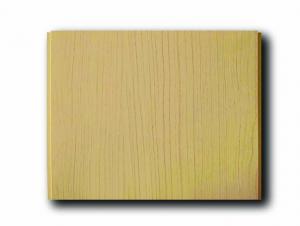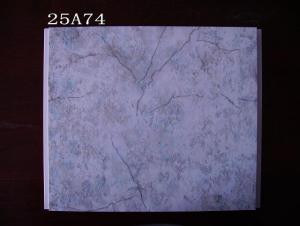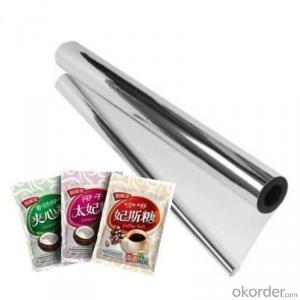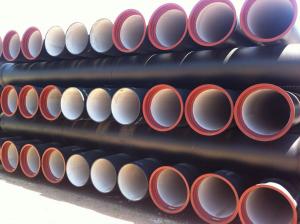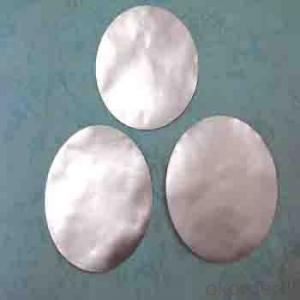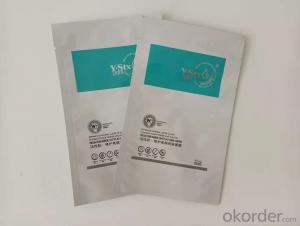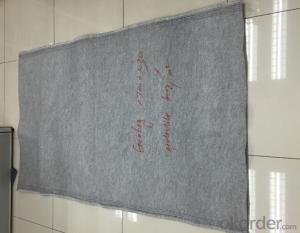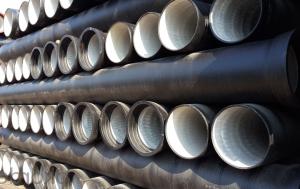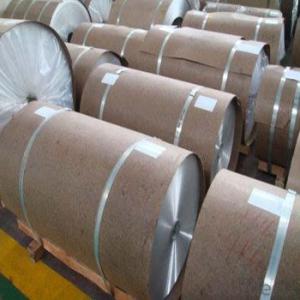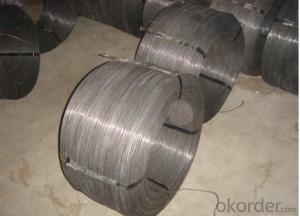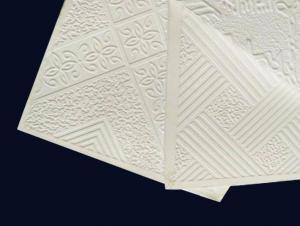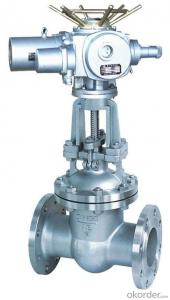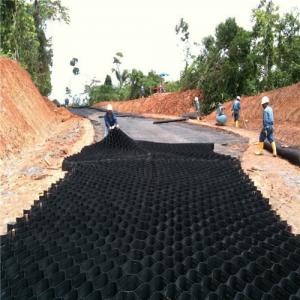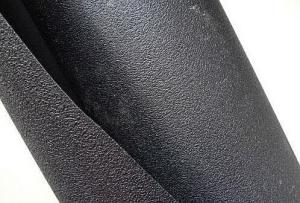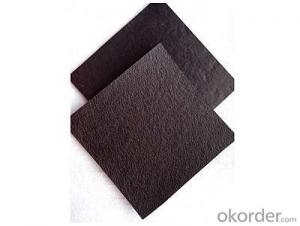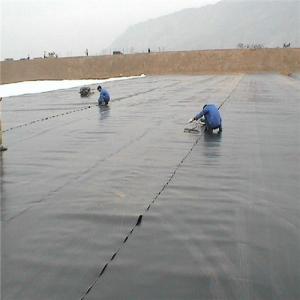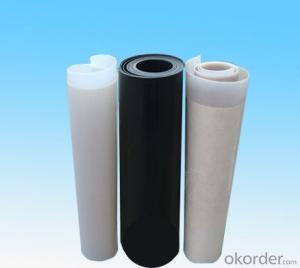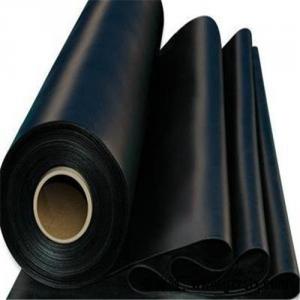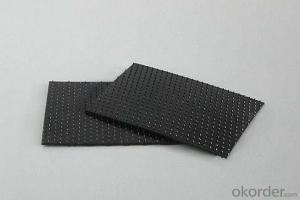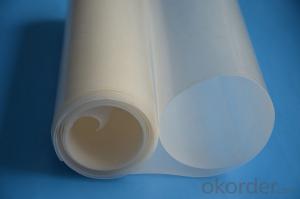Large Rolls Of Plastic Sheeting
Large Rolls Of Plastic Sheeting Related Searches
Ceiling Plate For Hanging Light Plastic Wall Coverings For Bathrooms Plastic Corner Protectors For Furniture Plastic Netting For Gardens Ceiling Brackets For Lights Hanging Ceiling Chairs For Bedrooms Plastic Tube With Cap Small Plastic Tubes With Lids High Temperature Clear Plastic Sheet Rate Of Steel BarHot Searches
Type Of Inverter For Solar Price Of Shipping Containers For Sale Types Of Inverter For Solar Bags Of Cement For Sale Pvc Chairs For Sale Types Of Temporary Side Panels For Cement Deck Plastic Roof Tiles For Sale Plastic Sheets For Sale Cost Of Awnings For Decks Type Of Scaffolding With Pdf Price Of Scrap Stainless Steel Price Of Stainless Steel Scrap Type Of Stainless Steel Types Of Stainless Steel Grades Types Of Stainless Steel pvc pipe manufacturers in usa Aluminum Corp Of China Stock Types Of Scaffolding In Construction Pdf Price Of Solar Cells Over Time Type Of Inverter For SolarLarge Rolls Of Plastic Sheeting Supplier & Manufacturer from China
Okorder.com is a professional Large Rolls Of Plastic Sheeting supplier & manufacturer, offers integrated one-stop services including real-time quoting and online cargo tracking. We are funded by CNBM Group, a Fortune 500 enterprise and the largest Large Rolls Of Plastic Sheeting firm in China.Hot Products
FAQ
- Geomembranes typically have low electrical conductivity properties. This is mainly due to their composition, which often includes materials that have high resistivity such as polyethylene. As a result, geomembranes are generally considered to be electrically insulating materials, meaning they do not conduct electricity easily.
- Geomembranes improve water efficiency in agricultural irrigation systems by acting as a barrier that prevents water seepage and evaporation. They help retain water within the irrigation system, reducing water loss and ensuring that more water reaches the crops.
- nan
- From the point of view of construction, the film only to against the water can be used. It is more convenient than varnish, basal stem through a varnish than only hours of time, such as the wet season a day can, varnish dry time for a minimum of a few days, applied to the basement membrane of the frugal construction time; from the wallpaper maintenance point of view, varnish corrosive, this will greatly shorten the wallpaper of the life. The wallpaper primer on the wall forms a dense layer of protective film witch can effectively prevent water and alkaline materials damage of wallpaper, and to prevent the Yellow Wallpaper, wallpaper life extension. The biggest difference is the smell. The pungent smell of varnishes is heavy and sporadic slow, and wallpaper primer is diluted with water directly, so there is no irritating smell. The wallpaper and varnishes are membrane materials used in metope processing, using different methods and processes. Wallpaper basilemma is a new professional matching wallpaper. The textile wall covering should be made a surface treatment , it can form a dense protective layer on the wall and make the cardinal plane more sodid and durable. It is not influenced by the cardinal plane, water, humidity, and alkaline substance and cannot be powdered. It can effectively reduce the damage to the wall from water and alkaline substance. It can prevent the paper becoming yellow and increase the binding power between the wall paper and wall body and extend the using span of the wallpaper. The varnish is with a too heavy smell in the process of using, compared with the moisture can not be moisture. It will affect the consistency of wallpaper and wall, if the use of poor quality varnish will emit harmful substances.
- The installation requirements for geomembranes in landfill liners typically include proper surface preparation, which involves removing vegetation, debris, and loose soil, and ensuring a smooth and uniform subgrade. Additionally, the liner must be carefully positioned and anchored to prevent shifting or wrinkling, and any seams or joints must be properly welded or sealed to maintain integrity. It is also important to consider factors such as slope, drainage, and compatibility with other liner components to ensure effective installation and long-term performance of the landfill liner system.
- Yes, geomembranes can be recycled. They are typically made from materials such as high-density polyethylene (HDPE) or polyvinyl chloride (PVC) which can be recycled and reprocessed into new geomembranes or other plastic products. Recycling geomembranes helps reduce waste and promotes sustainability in various industries such as construction, agriculture, and waste management.
- nan
- A layer of glaze will be formed in the process of firing .
- When selecting a geomembrane for oil and gas exploration sites, several key considerations should be taken into account. Some of these considerations include the chemical resistance of the geomembrane to potential oil and gas spills, its ability to withstand harsh environmental conditions, such as extreme temperatures and UV exposure, its durability and puncture resistance to resist damage from equipment and heavy machinery, and its installation and maintenance requirements. Additionally, factors like the geomembrane's compatibility with other site components, its cost-effectiveness, and its compliance with industry regulations and standards should also be considered. Overall, the selection of a suitable geomembrane for oil and gas exploration sites should prioritize functionality, performance, and long-term reliability.
- Some potential risks associated with geomembrane installation and use include improper installation leading to leaks or tears, inadequate soil preparation causing uneven settling or shifting, damage from sharp objects or heavy machinery during installation, degradation or deterioration over time due to exposure to UV radiation or harsh chemicals, and potential contamination of soil or water if the geomembrane fails to effectively prevent seepage. Regular inspection, maintenance, and adherence to proper installation techniques can help mitigate these risks.

